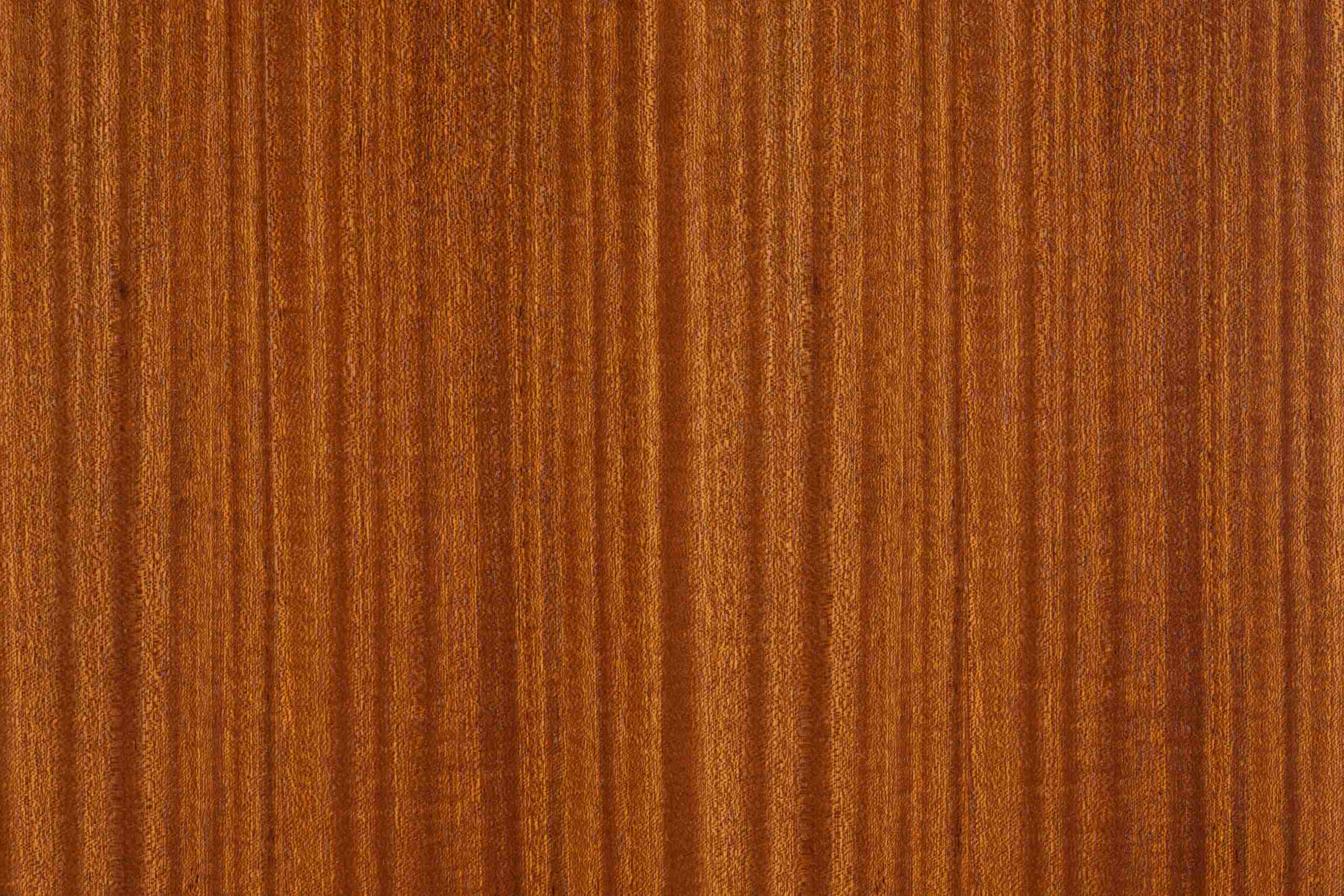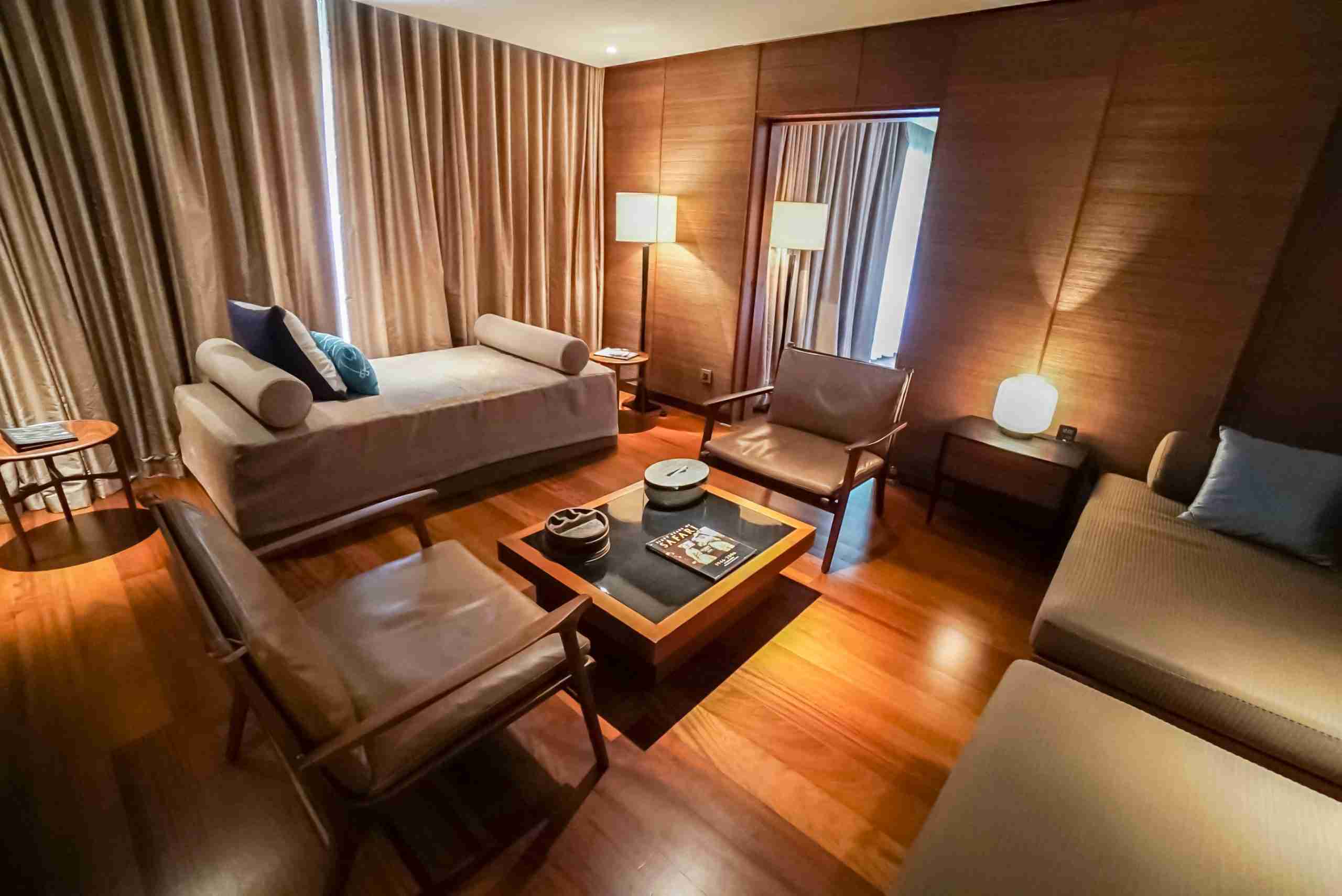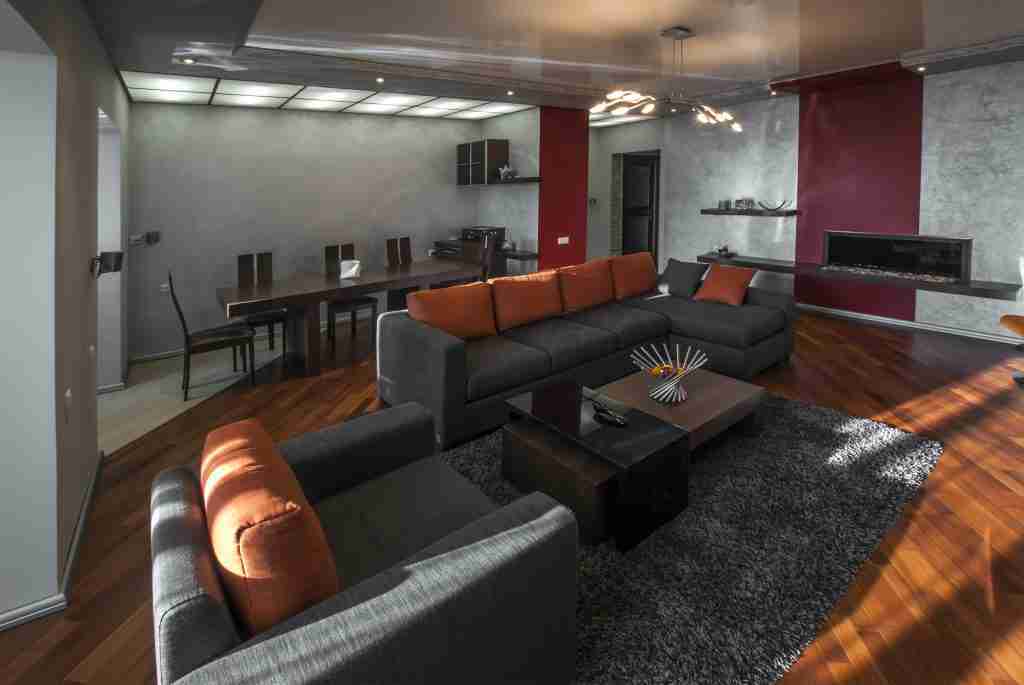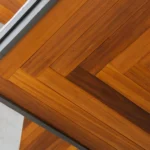Sapele Wood
5 Outstanding Reasons Why Sapele Wood Is Perfect For Your Next Project in St. Lucia
It’s found that Sapele is a tropical species that’s gaining popularity the fastest. It’s sourced from West Africa, mostly Congo and Cameroon and is often used as a Mahogany alternative.
It’s extremely stable nature and consistent dark brown color make it very appealing for manufacturers and craftsmen to work with. When it’s quartered and rifted, it has a beautiful ribbon-like look that really stands out when it’s finished.
One of Sapele’s most intriguing characteristics is its interlocking grain. As these trees start growing the grains in the lumber twist and experience irregular intervals of interlocking, it results in quite the distinctive appearance.
Sapele is largely used in:
- Windows
- Doors
- Flooring
It’s also used for various specialty architectural applications, including musical instruments. In fact, guitar bodies are often built from this hardwood due to its ideal visual appeal.
If you regularly work with hardwoods, you already know how essential choosing the proper species is for capturing that ideal look you’re seeking. More and more woodworking professionals and manufacturers are looking to bring something new to their applications through the use of tropical species alternatives.
Many people are familiar with Teak and Mahogany. However, over the past several years, Sapele has gained popularity and is now being considered a mainstream species of wood with businesses all across the industry.
So, why should you use tropical wood for your next hardwood project in St. Lucia? Here are five reasons:

1.Sapele: The lumber’s beauty
Itss dark mahogany-like color is well known and due to its extremely stable nature, it’s an attractive choice for various applications.
2. Sapele: Its general availability
Grown widely throughout Africa, this wood can be sourced fairly consistently all year long, providing you with a steady and consistent supply.
3. Sapele: Ease of use
This tropical wood has a reputation of being an extremely simple species to work with. It’s simple to machine, glue, fasten and finish which makes it an ideal choice for products like architectural millwork and doors.
4. Sapele: Its durability
Many individuals decide to use this wood for its appealing grain pattern and color, but it’s also known for its durability and strength, which makes it a popular species for creating musical instruments.
5. Sapele: Variety of sizes
A Sapele tree typically grows to a very large size, allowing mills to really maximize the output of its logs. This results in various thicknesses and lengths available in the market. These days, you can find this wood in all standard thicknesses that range from 4/4 to 16/4, helping it nicely match up with nearly any project.

Also, to continue singing the praises of Sapele, only to inform you that you’ll have a difficult time finding this tropical wood in stock in lumber yards or that there’s a waning supply of it, would only defeat the point, right? Not to worry — with this premium African hardwood, that scenario is far from reality.
With such stability, availability and beauty, it’s not a surprise that Sapele has become the most popular sought-after African hardwood species.












